Interested in learning more about the life and times of Polish Winged Hussars?
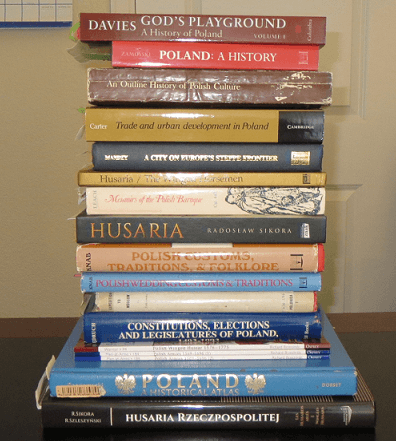 Poland has such a rich, diverse history, and it was a joy for me to research because I knew nothing about the country’s pre-World War II history. When I fell into its “Golden Time,” I felt I had struck gold. Fascinating times populated by fascinating characters, and I submerged myself for days, surfacing occasionally when I had to take care of those pesky necessities like eating and dealing with 21st century real life obligations.
Poland has such a rich, diverse history, and it was a joy for me to research because I knew nothing about the country’s pre-World War II history. When I fell into its “Golden Time,” I felt I had struck gold. Fascinating times populated by fascinating characters, and I submerged myself for days, surfacing occasionally when I had to take care of those pesky necessities like eating and dealing with 21st century real life obligations.
For The Heart of a Hussar and A Hussar’s Promise, I focused most of my research on the early 17th century, and I only scratched one miniscule corner of a vast surface. There are countless resources out there, and even more if I were a Polish speaker, which I’m not. Nonetheless, I managed to load up my bookshelves with treasures from various booksellers, plus check out armfuls of books from the University of Colorado Boulder’s fabulous library (fortunately for me, only a 30-minute drive from my home). My wishlist is still filled with books from that time period, but I’ll need more bookshelves first!
While I invariably find nuggets in everything I comb through, there are certain books I pull off the shelf more frequently than others. I thought I’d share a short list with you in case you’re interested in delving deeper into that time period yourself—it truly is unique and fascinating.
For your reading pleasure:
Davies, Norman. God’s Playground: A History of Poland, Volume 1. New York: Columbia University Press, 2005. (This is probably the most dog-eared, marked-up book in my library.)
Adam Zamoyski. Poland: A History. New York: Hippocrene Books, 2009.
Carter, F.W. Trade and Urban Development in Poland: An economic geography of cracow, from its origins to 1795. Cambridge: Cambridge University Press, 1994.
An Outline History of Polish Culture. Warsaw: Interpress Publishers, 1983.
Pasek, Jan Chryzostom. Memoirs of The Polish Baroque. Berkeley: University of California Press, 1976. (Though this was written later than the time period in my books, it’s a fascinating window into that era’s Polish nobility, penned by a solider belonging to the petty noble class.)
Mandzy, Adrian O. A City on Europe’s Steppe Frontier: An Urban History of Early Modern Kamianets-Podilsky, Origins to 1672. New York: Columbia University Press, 2004.
Jędruch, Jacek. Constitutions, Elections and Legislatures of Poland, 1493-1993: A Guide to Their History. New York: Hippocrene Books, 1982.
Żółkiewski, Stanislas. Expedition to Moscow. London: Polonica Publications, 1959. (In the words of the great hetman himself, an explanation of events leading up to the Russian boyars’ election of King Zygmunt III’s son, Polish prince Władysław IV, and why the fifteen-year-old was never crowned tsar.)
Knab, Sophie Hodorowicz. Polish Customs, Traditions, & Folklore. New York: Hippocrene Books, 1993.
Knab, Sophie Hodorowicz. Polish Wedding Customs & Traditions. New York: Hippocrene Books, 1997.
Jadaszewski, Eryk. Polish Re-enactors Handbook: A Guide to 17th Century Living History in the Polish-Lithuanian Commonwealth (2nd ed.). Lexington, KY: 2011.
Pogonowski, Iwo Cyprian. Poland: A Historical Atlas. New York: Dorset Press, 1987.
Frost, Robert. The Oxford History of Poland-Lithuania, Volume 1: The Making of the Polish-Lithuania Union, 1385-1569. Oxford: Oxford University Press, 2015.
Brzezinski, Richard. Men-at-Arms: Polish Armies 1569-1696, (1) & (2). Osprey Publishing: Oxford, 1987.
Brzezinski, Richard. Warrior: Polish Winged Hussar 1576-1775. Osprey Publishing: Oxford, 2006. (Fun, quick read packed with information and lots of gorgeous illustrations.)
Sikora, Radisław, and Szleszyński, Radisław. Husaria Rzeczpospolitej (Winged Hussar). Warsaw: Instytut Wydawniczy Erica, 2014.
Ostrowski, Jan K., et al. Land of the Winged Horsemen: Art in Poland 1572-1764. Alexandria, VA: Art Services International, 1999. (Stunning photographs of Polish art and treasures.)
Other resources:
Books weren’t the only source of information I found helpful. Numerous history professors, in the U.S. and Poland, were very accessible and accommodating when I reached out. From Academia.edu, I was able to download research papers and articles penned by a wide variety of academics. Anyone can sign up, so if you’re interested, take a look around their website. I still get daily feeds, all targeted to my particular topic of interest.
Another wonderful resource is the Museum at the Palace of Wilanów’s website, filled with historical tidbits (like 17th century recipes!), articles, and beautiful pictures of King Jan Sobieski’s country palace and grounds. The site can be viewed in Polish or English with the click of a button. Their “Passage to Knowledge” tab is especially enlightening.
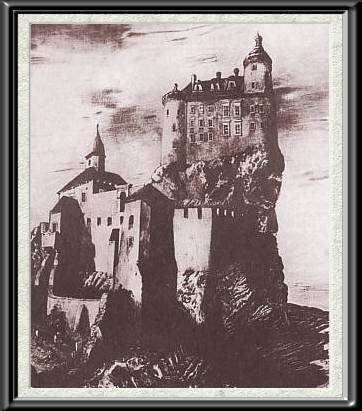
Maps are especially important as I plot out routes the characters might take or places they might end up. Referring to period-appropriate maps can be tricky at times due to their size, (lack of) clarity, and copyrights. Google Earth is a wonderful tool I use to study not only borders and distances, but terrain. There are programs that allow you to overlay older maps, and all of this is available to anyone at no cost.
For Christmas one year, my family gave me my own collection of poster-sized maps of the region ranging from the 16th to the late 17th century, and they come in very handy—plus they’re hand-drawn and nice to look at. If you’re interested in finding maps you can really study as you read along, try an on-line search (17th century Poland map to locate something like this 17th century map of the Commonwealth, for instance) or give the Google Earth tool a whirl and zoom from Bobolice Castle in the Eagles’ Nests fortifications on Poland’s western border to the Black Sea.

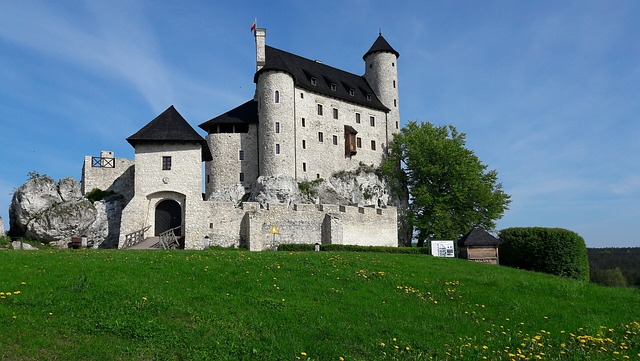


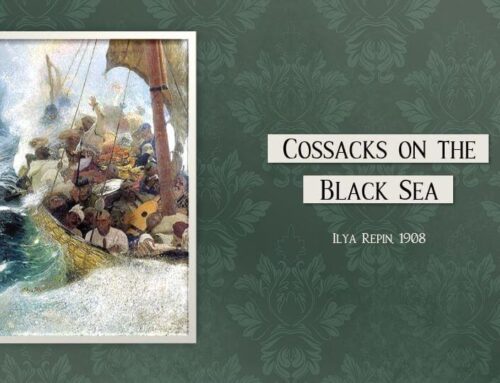
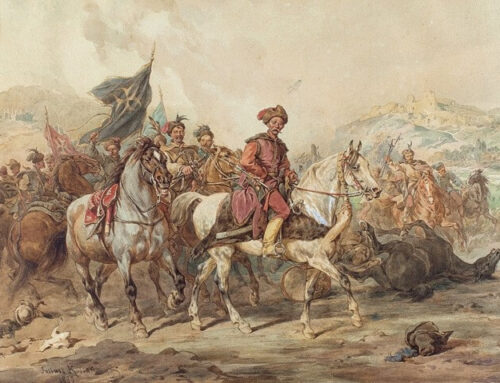
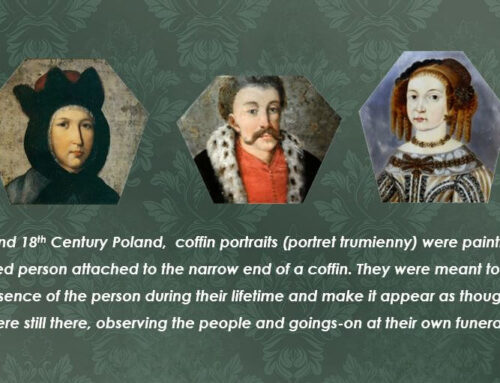
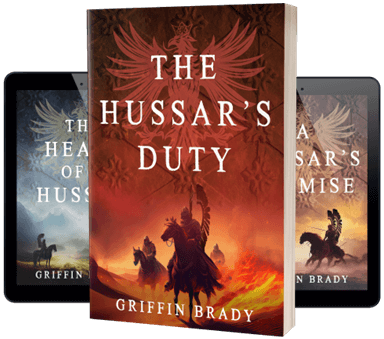

Leave A Comment